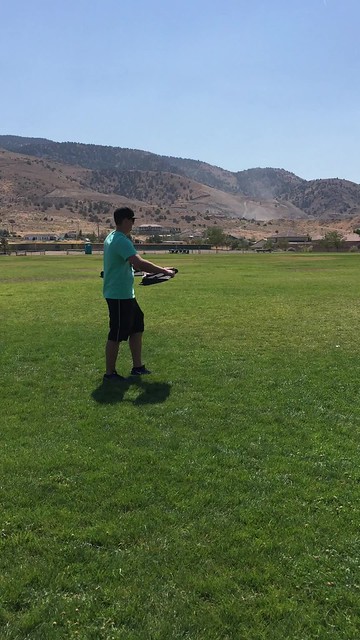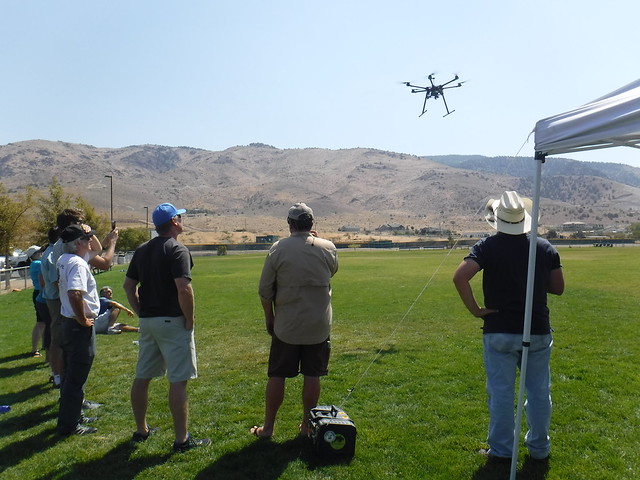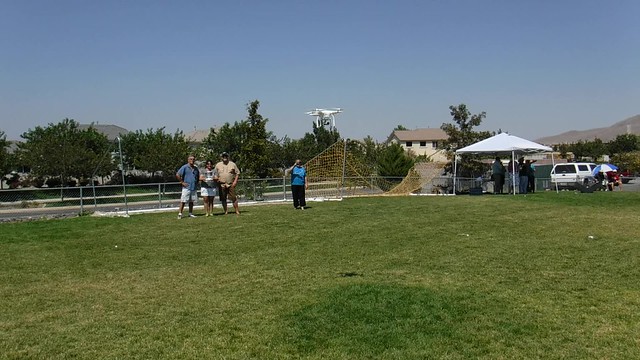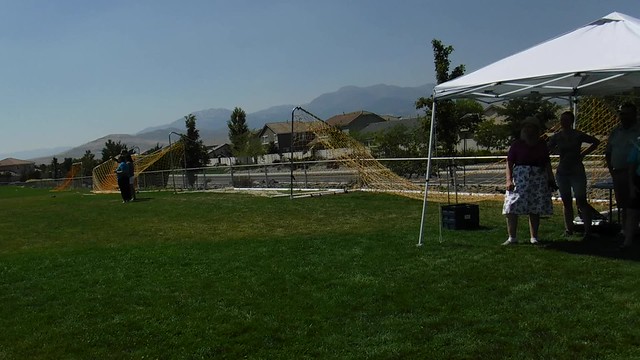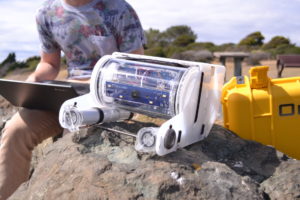I’ve written about Mike Ismari’s class before (here and here). He received a grant last summer to buy several models of drones and flight simulators to use with students.
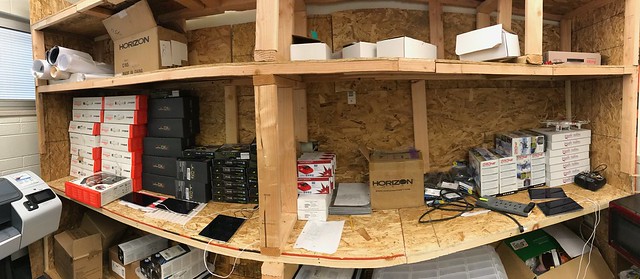
ABOVE: Mike’s drones finally arrived and are stored on shelves his students are building.
Since he had little to no experience with drones he signed up for our institute. His plan was to learn the safety, ethics, programming and operation of UAV’s and then when his drones arrived he’d be ready to go. But, one thing after another delayed his purchase, so he kept checking out NSUAVCSI drones … finally his have arrived along with iPads to operate them. He stopped by my office yesterday to return some Phantom 3’s he’d checked out and told me I had to come by again and check out what his students were up to.
10 students were flying Parrot Air Cargo Minidrones using Tynker to program them. Mike rotates his students through these different activities. Students were paired up – a student that had experience programming the drones with an inexperienced student. The experienced student talked and prodded the new student through the steps to program the drone “around the mountain” -portrayed by a chair on a table. The goal is to take off, fly around the mountain making specific maneuvers meant to keep a front pointing camera (which these don’t have – only down-looking) pointed at the mountain and eventually land back on the spot where it launched. I shot some video of 2 students doing just that.
In this first video (less than a minute long) they are troubleshooting their most recent flight: 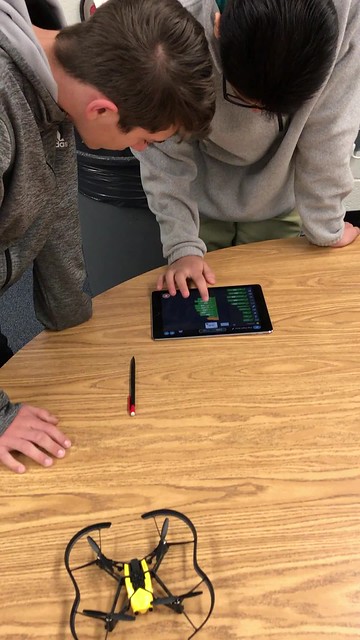
Now they run the program with the changes they just made (about 20 seconds)
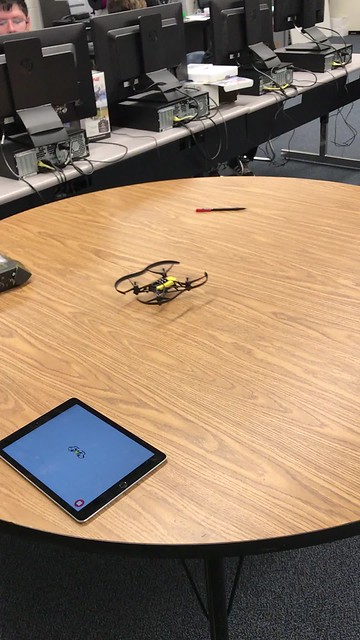
Some students were learning and practicing computer programming on the NCLab program our grant provided: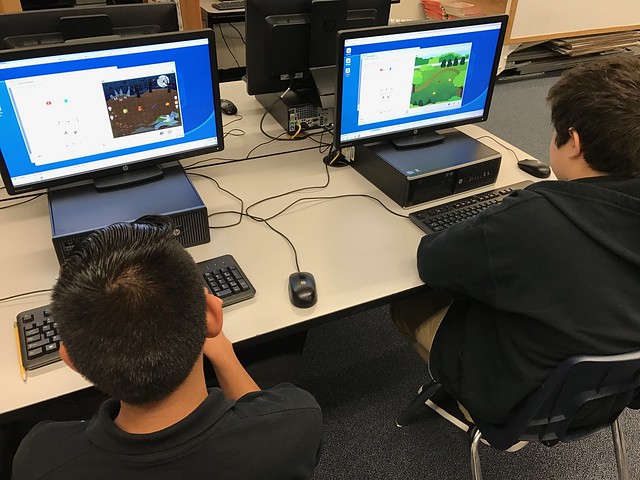
Others were constructing vehicles: 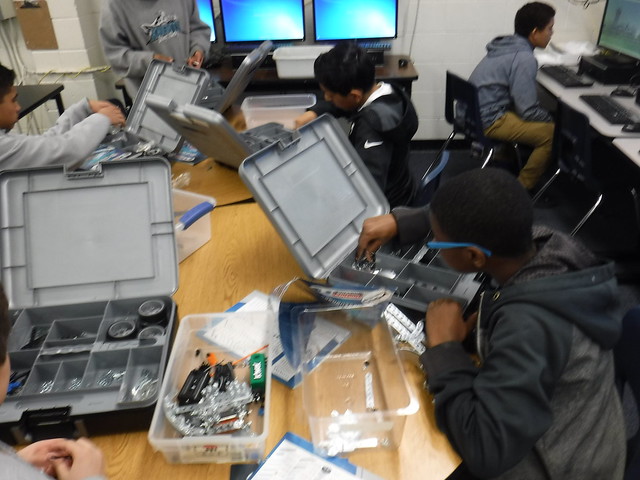
Others were practicing with RealFlight flight simulators (not pictured).
Great “messy” things happening! More photos and videos on the link below:
Learning is messy!

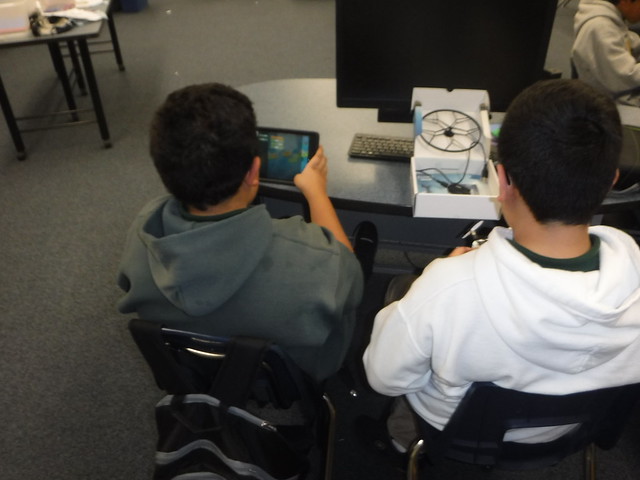
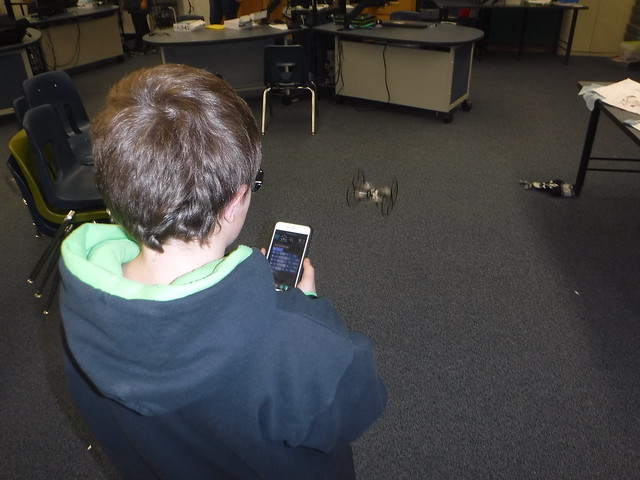
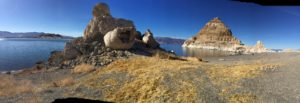
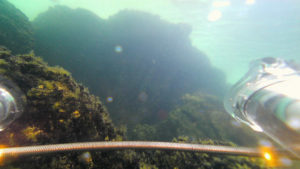
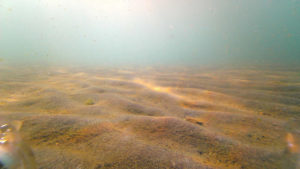
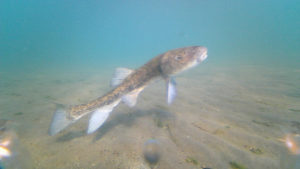
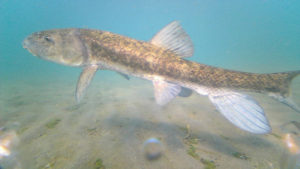
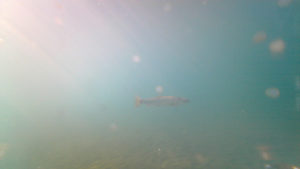
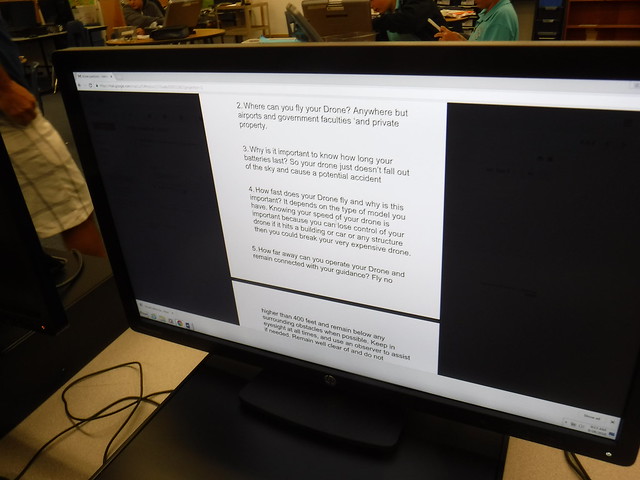
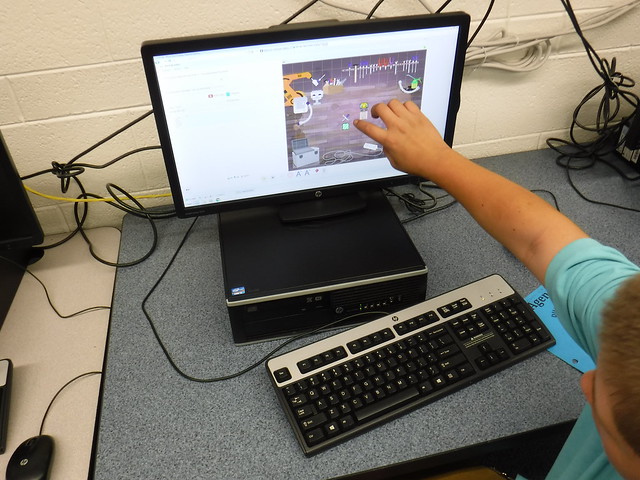
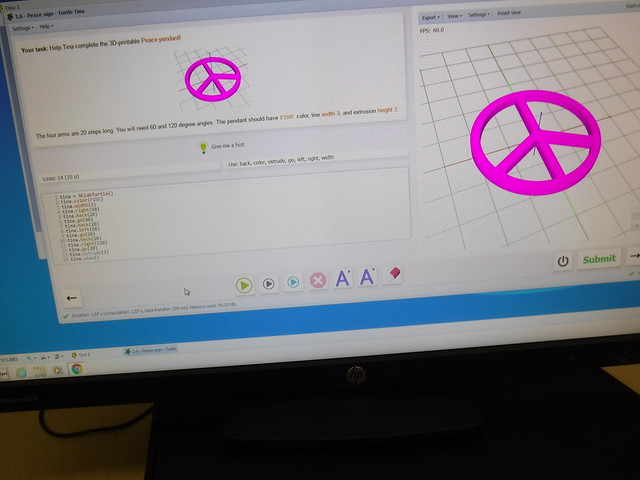
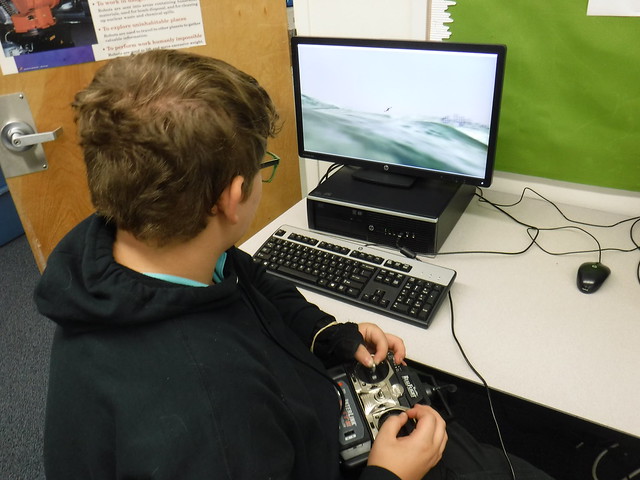
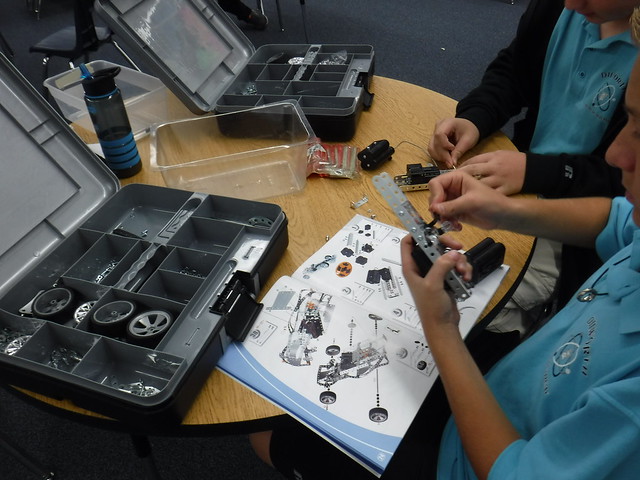
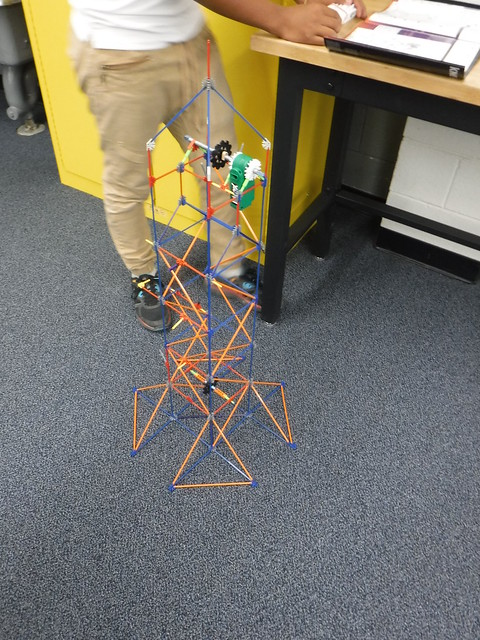
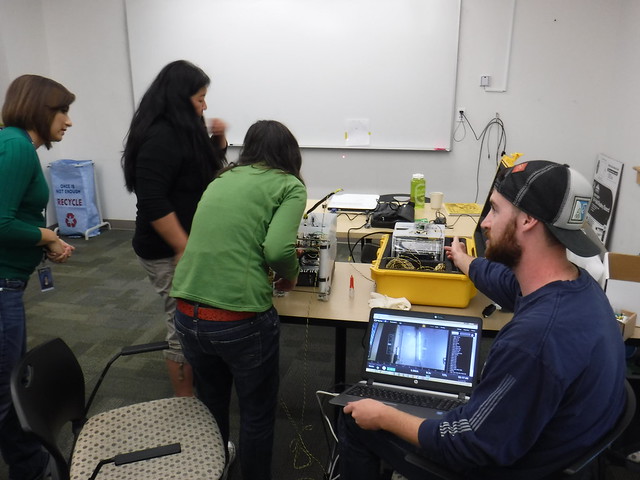
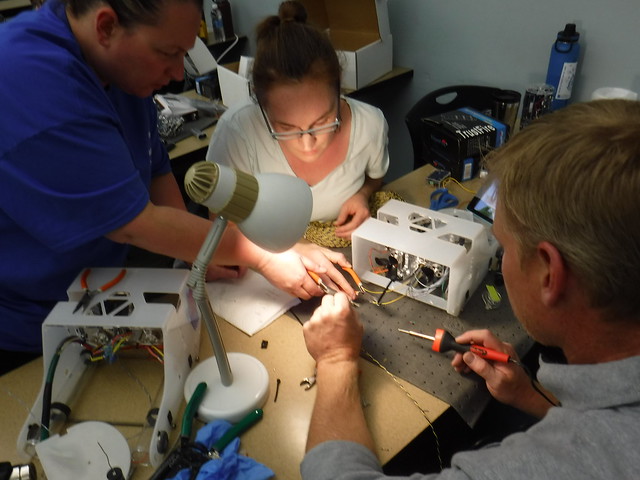
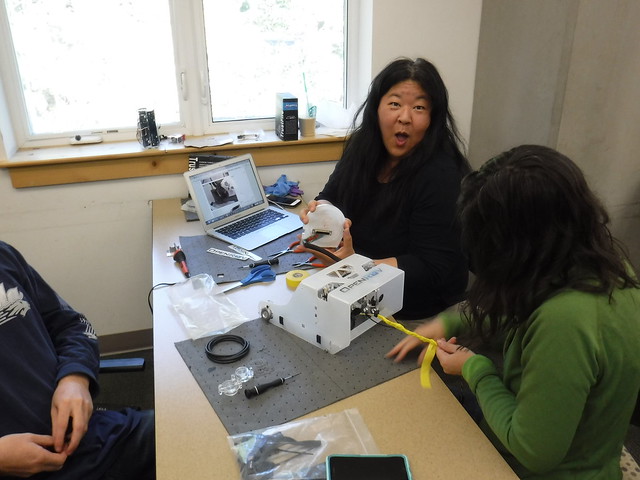
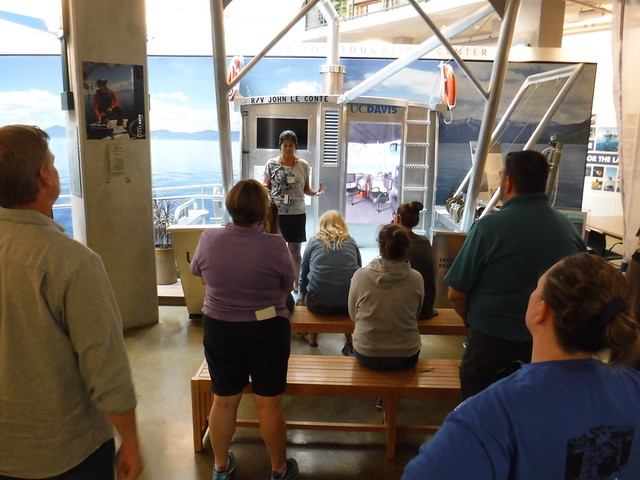
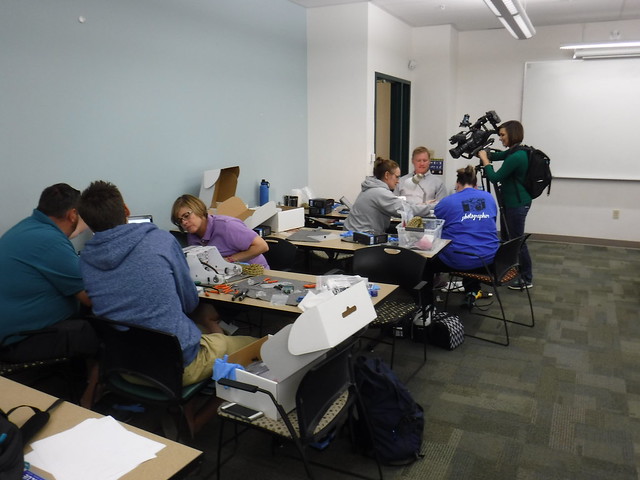
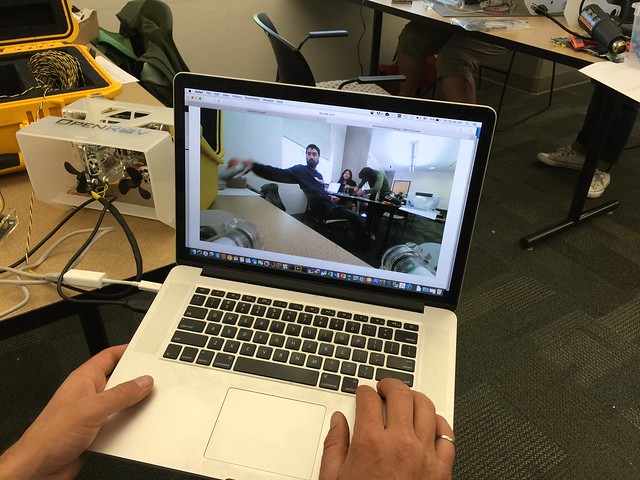
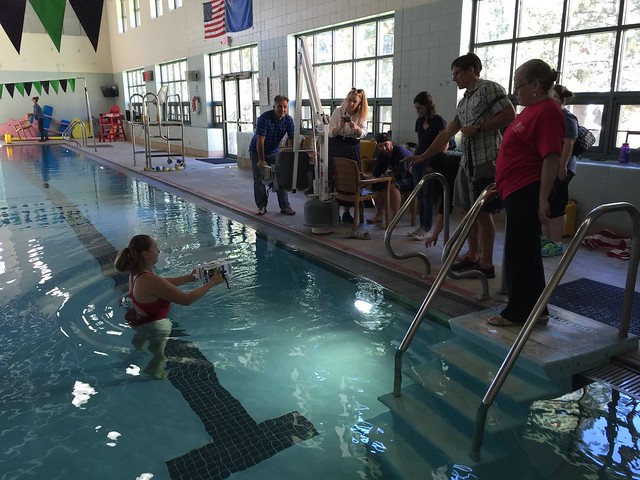
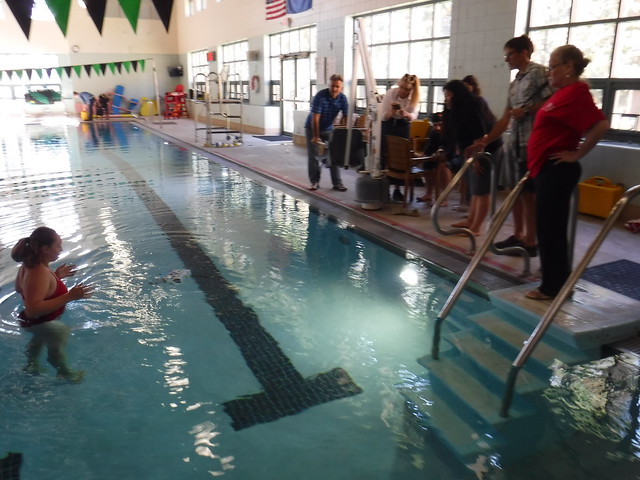
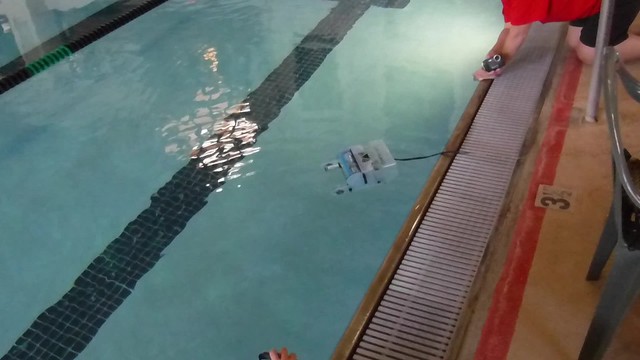
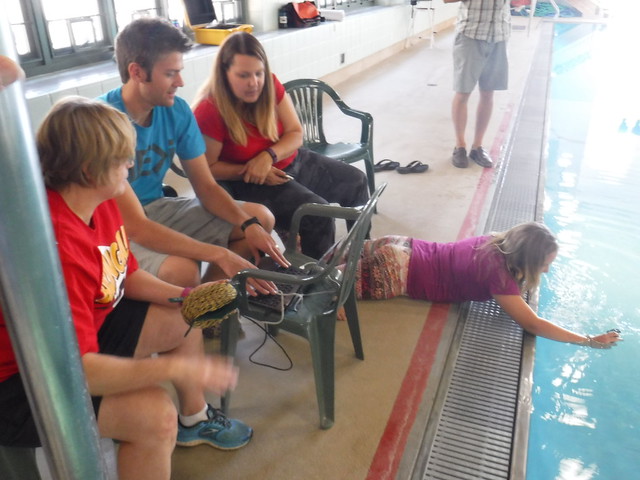
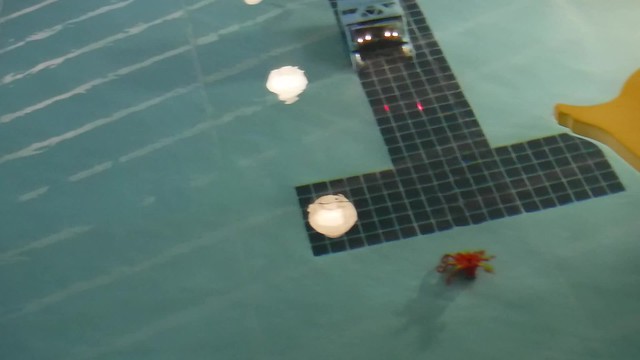
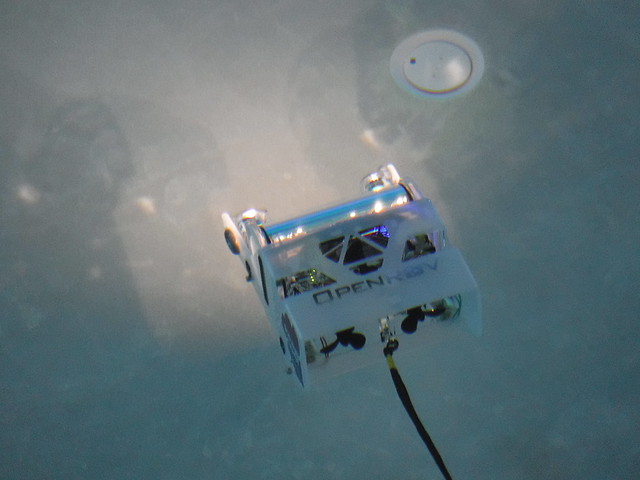
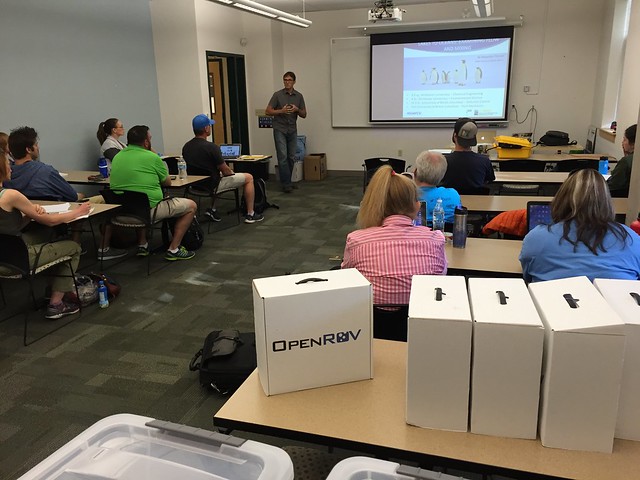
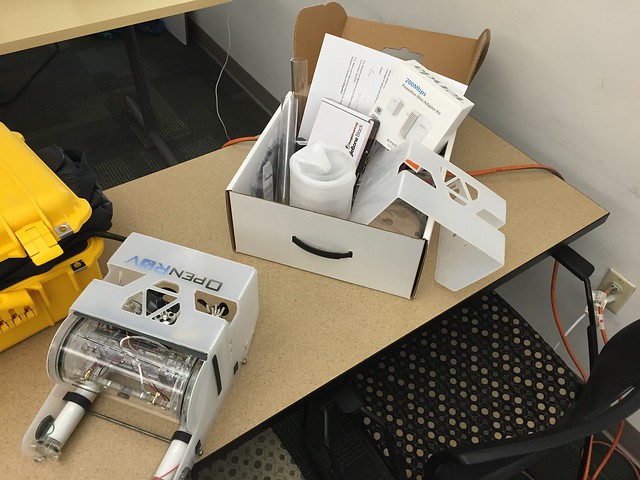
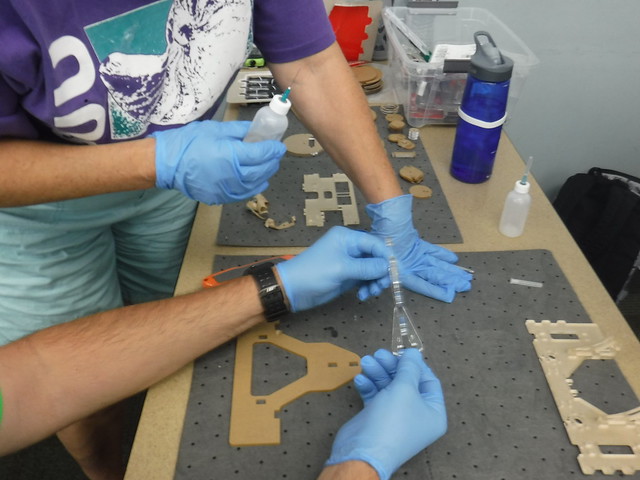
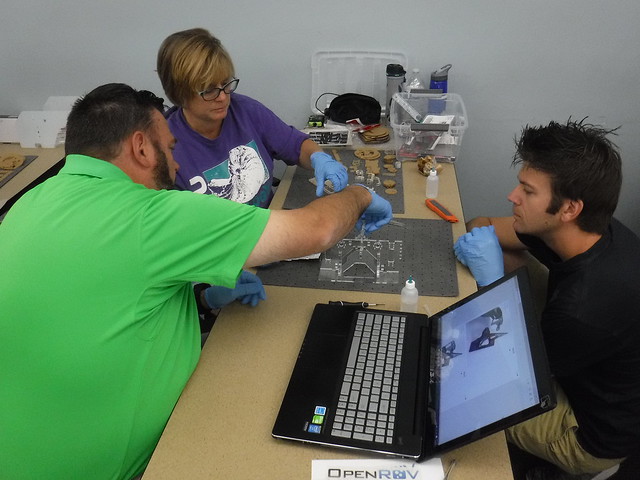
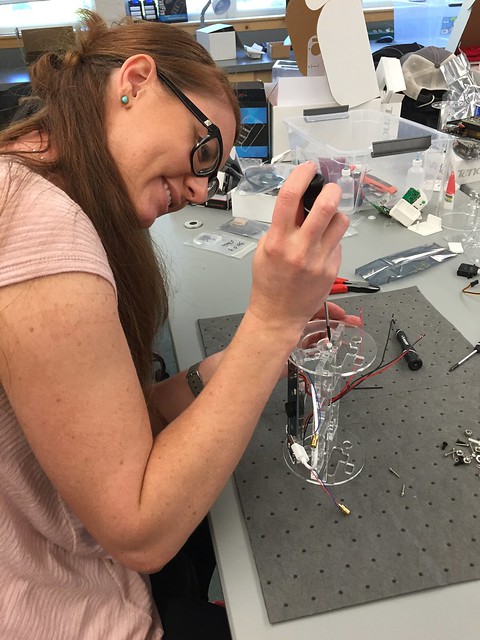
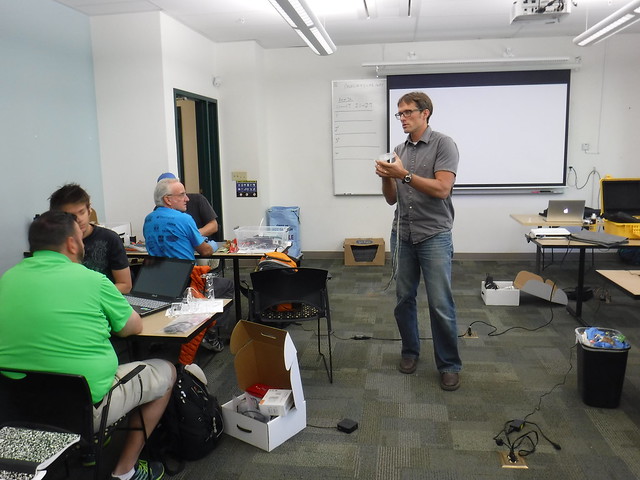
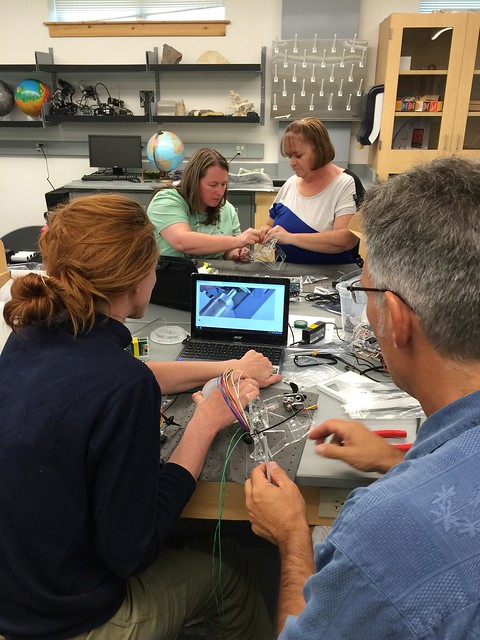
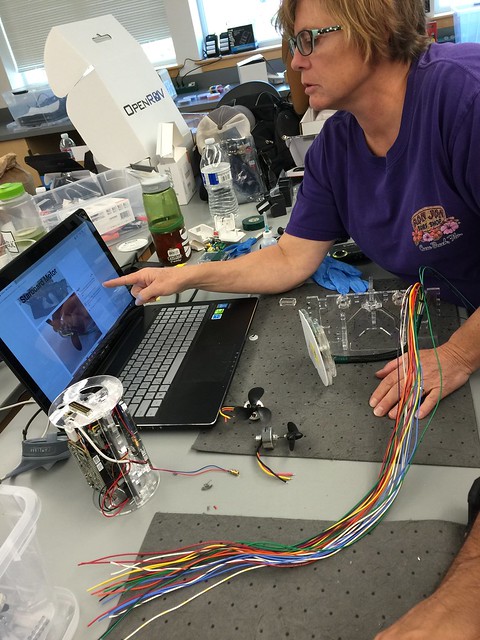
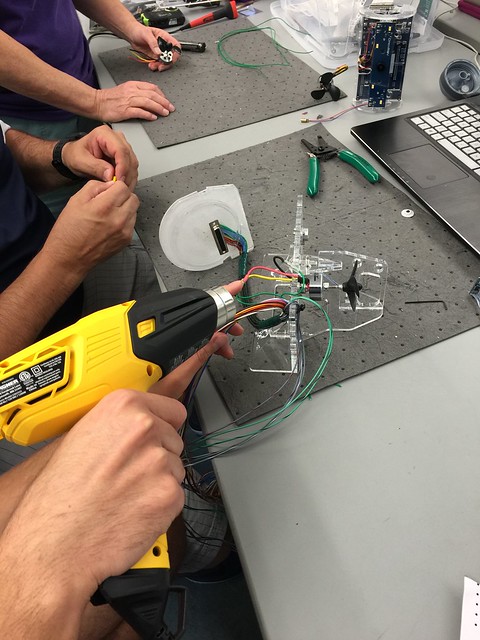
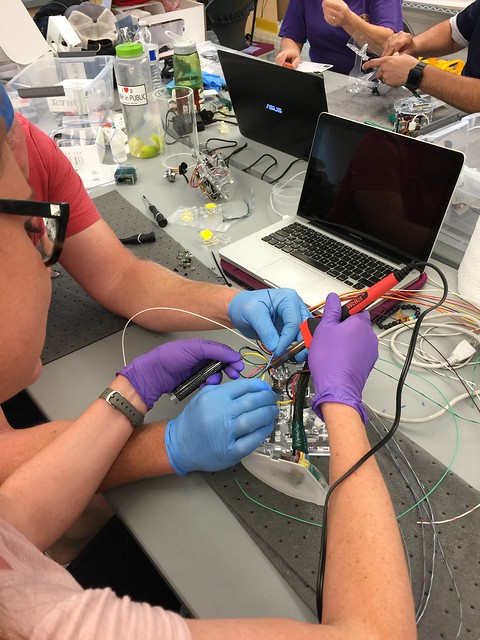
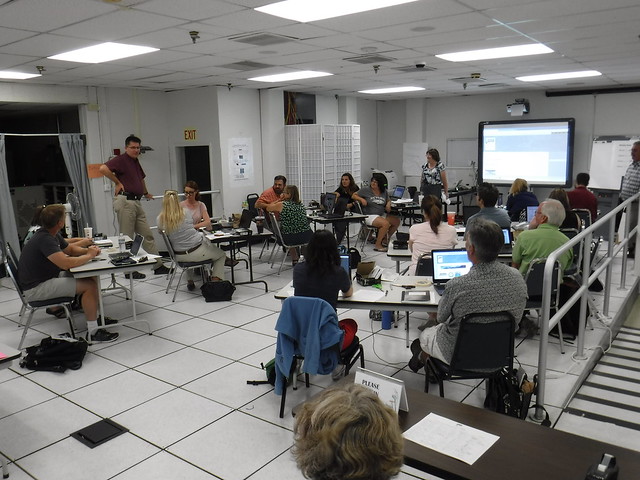
![DSCF0003[1]](https://c3.staticflickr.com/8/7469/29103462882_bca8f00f99_z.jpg)
![DSCF0023[1]](https://c2.staticflickr.com/9/8016/29132778921_9276484789_z.jpg)
